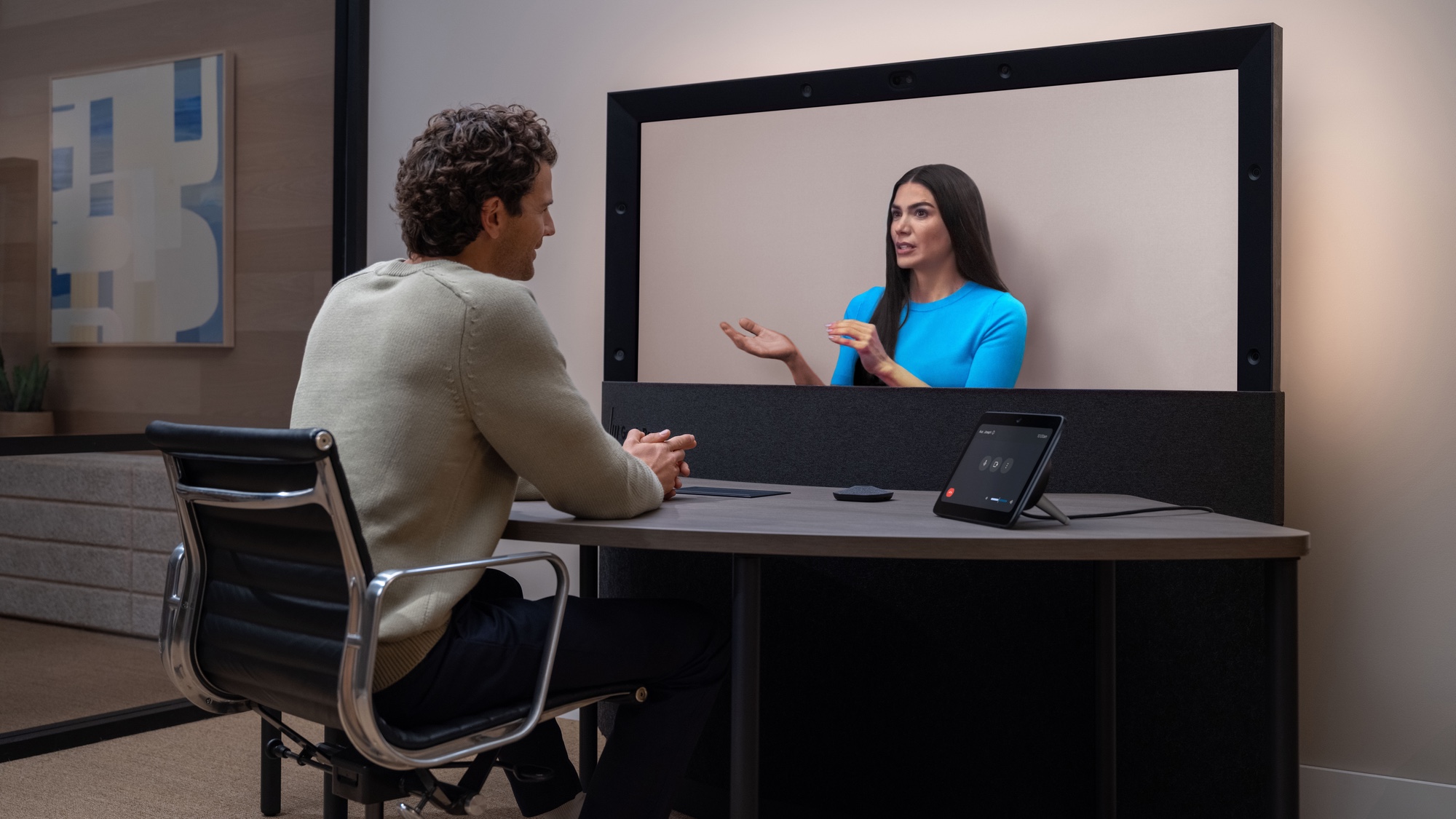How to Quickly Pack Up a Hotel Room Without Forgetting Anything

We may earn a commission from links on this page.
I didn’t realize just how good I am at the process of quickly and thoroughly clearing out a hotel room until I vacationed with someone who isn’t. (This person shall remain nameless, but full disclosure: I happen to be married to him.)
He does things like fill a suitcase and bring it out to the car, while its intended contents languish on a table. Or he won’t notice that one of our kids’ toys is with the takeout containers we need to trash.
We can do better than this! And I will show you how. Ideally, the magic begins long before you need to begin packing up—but you can start any time.
When you arrive: Designate “your” spaces
I am not going to tell you to avoid using drawers. You should absolutely use the drawers, if your hotel has them. Specifically, you should take your packing cubes out of your suitcase. leave them full of clothes, and put each cube directly into a drawer.
The key is that you must claim the spaces you’ll use. Consider certain areas of the hotel room “your” spaces, in that they will be home to your items. (That drawer you just plopped your packing cube into? Yours.) Then designate other areas as being for items that are disposable or that belong to the hotel.
Here are some examples of how you might do this during a trip. You can tailor them to your needs.
-
The nightstand is mine. The TV stand is the hotel’s. So I keep my phone and charging cables on the nightstand, and move all the little hotel items (informational cards, etc) to the TV stand. I’ll also put the TV remote on the TV stand when I don’t need it within reach.
-
The area under the table, where the garbage bin is, belongs to the hotel. I’ll put garbage and recycling there. I will not kick off my shoes and leave them under the table.
-
“My” bathroom space is the counter. The shower is not one of my spaces. So after I shower, I’ll remove my razor and my personal shampoo bottle and put them on the counter. (The hotel soap can stay.)
-
The bed belongs to the hotel. After I wake up, I grab any items I had in bed with me (a sweatshirt I took off during the night, a book I was reading when I passed out) and move them to one of my spaces.
I like to stick to this division of spaces during any short stay (up to three days), or during the latter few days of a long stay. Obviously if you have multiple people staying in the same room, you can each have your own space. For example, you take the table and your roommate takes the desk. You take the top drawer and they take the second drawer. You take the left side of the bathroom counter and they take the right side.
Get in the habit of checking the “hotel’s” spaces regularly and moving things out of them and into the proper space. This way, nothing will be left behind under the blankets, because you’ve been checking the bed every morning. This is also good practice for when you’re finally packing up—but more about that in a minute.
Don’t unpack things you don’t actually need to unpack
Let’s take a moment to appreciate things that stay sort of “packed” even when they are unpacked. For example, propping a suitcase on a luggage rack lets you use the suitcase as a sort of impromptu dresser. And I love a good hanging toiletry bag—I have this one from Travelon. I’ll use my deodorant, then pop it right back into its little pocket. My toothbrush is the only thing that stays out all day (airing out a toothbrush is key to keeping germs from festering, by the way—that’s more important than covering it.)
On your second-to-last day: Shrink those spaces
As your departure time draws nearer, start collecting your things. You don’t have to pack them into bags yet, but check all of the “hotel” spaces and see if you can bring anything over into one of “your” spaces.
It’s also time to start converting some of your spaces back to hotel spaces. Let’s say you hung some clothes in the closet. Well, if it’s your last night and you’re done wearing those clothes, take them off the hangers and put them in your suitcase, or with your other clothes in the drawer.
This is also a good time to separate things that belong to different people. If some of your stuff is on your roommate’s side of the bathroom sink, or vice versa, rearrange them appropriately.
Check “hotel” spaces as you pack
As you and your traveling companions begin to pack up, continue this process of removing things from hotel spaces. You’ll get into a habit of looking around: “Nothing on the desk, nothing in the closet, nothing on the floor over here, how about the drawers? Nope, nothing in the drawers. OK, let’s see what I can pack from the bathroom.”
On a solo trip where you have one or two bags, this is a fast and easy process. It’s more complicated if you have more people and more luggage. In that case, start clustering things according to the bag they’ll be packed in, or however it is you organize for the road. All the clothing together. All the toys together. All the food together.
The idea is that you should be able to glance at a space and know whether you’re done packing it. If it’s empty, great, you’re done with that space. But if you have, say, some groceries in a half-unpacked shopping bag, that needs to be separated into garbage (put in the garbage) and things you still want (put them with the food if they are food, and so on).
Designate staging areas
Most hotel rooms will have an entryway with room for a few suitcases and pairs of shoes. (If yours doesn’t, designate a suitable space.) You may be tempted to also put garbage near the entryway, but make sure it’s completely, visually separate.
When a bag is packed, don’t take it out to the car just yet. Put the bag in your staging area. This way, if you find an item that needs to go in the green suitcase, you don’t need to go out to the car for it, or pack it in a different bag—the green suitcase is still right here.
It goes without saying that you’ll continue your scan of hotel spaces. The drawers are empty by this point, the desk is clear, there are only a few things left on the table, and you have obsessively checked the shower, the hooks behind the door, and the space under the bed roughly 1,000 times.
You may also reclaim some “hotel” spaces as staging areas. Judiciously, of course. A good strategy is to check the bed for any of your things, remake the bed (it doesn’t have to be pretty), and then use the bed for the things you will grab on your way out of the room. Your jacket, for example. Or your wallet. It’s a lot harder to forget your jacket when it’s right smack in the middle of the bed, versus draped over a chair at the back of the room.
Review your packing list
To make sure you don’t forget any essentials, refer to the same packing list you used when you left home. Pajamas, toothbrush, passport? Check.
Make sure to add two things to your mental packing list: (1) Souvenirs you purchased (or really anything you acquired) during the trip; and (2) Food in the fridge. The fridge is one of the spaces that is hardest to clear because food needs to stay in there until the last minute, but it’s also out of sight. If you have a cooler, leave it open in front of the fridge as a reminder.
Have everyone do one last check
Of course you’re going to do one last check of the room before you close the door for the last time. But if you’re in a family group, especially with kids, make sure everybody does their own walkthrough—no waiting in the car while Dad grabs the “last few things.” Teach kids how to check the “behinds and unders,” as I tell them (it sounds dirty now that I have typed it out—I mean behind the bed, under the table, that sort of thing).
This works well because each person will naturally pay a bit more attention to the places they personally spent time. My kid is a lot more likely to find that doll under the bed than I am.











